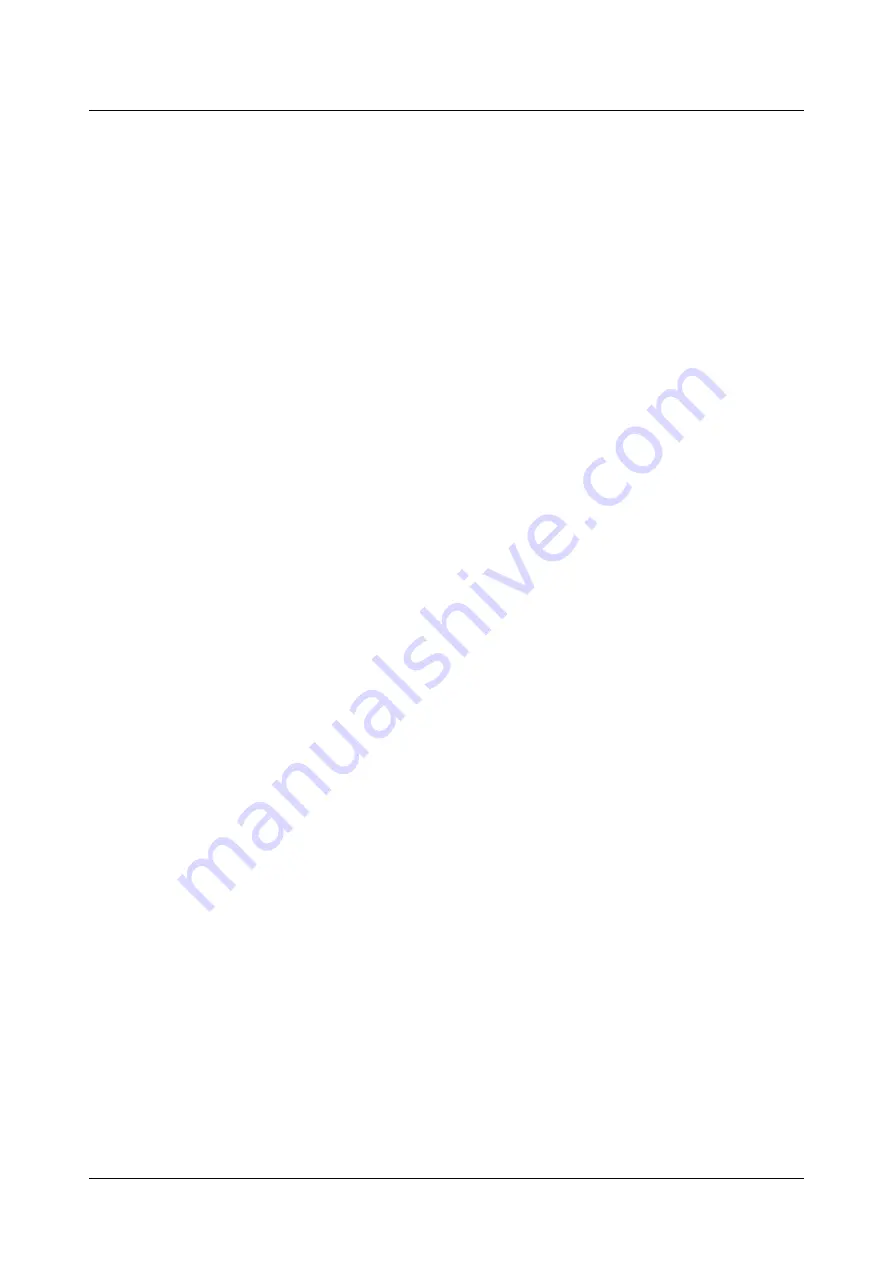
0. Introduction - Specifications
16
Workshop Service Manual for CENTORA 7280-7282 Combine Range - EN_D3111800M2
0.4.10
Maintenance techniques
Maintenance safety
Relevant maintenance methods and correct repair meth-
ods are important for both reliable operation of all agricul-
tural machinery and the personal safety of those carrying
out the work.
This workshop manual gives general guidelines for carry-
ing out repair and maintenance work using well-tried,
effective techniques. Following them will help ensure
that a thorough repair is completed with success.
There are numerous variations in methods, techniques,
tools and spare parts when it comes to maintaining com-
bines, quite apart from the skills of the individual techni-
cian in carrying out the work. This manual can in no way
foresee all such variations and give advice on or warn
against every single one of them. Anyone departing from
the instructions in this manual needs to be aware that
they are putting their own personal safety and the correct
functioning of the combine at risk in their choice of repair
methods, tools and/or spare parts.
Maintenance techniques
Clean the outside of all components before carrying out
any sort of repair. Dirt and abrasive dust can reduce the
effective useful life of a component, resulting in costly
replacements.
Time spend on preparing and cleaning working surfaces
can really pay for itself, as it makes the work easier and
safer and will result in the serviced components being
more reliable and efficient in use.
Use cleaning fluids that are known to be safe Some types
of fluid can damage seals and cause skin irritation. Check
the labels on solvents to make sure that they are suitable
for cleaning components and also that they do NOT rep-
resent a risk to the personal safety of the user.
Replace O-rings, seals or packing rings when they have
been disturbed. Never mix new and old seals or O-rings
regardless of their condition. Always coat new seals and
O-rings with hydraulic oil before fitting.
When you replace components, you must use the right
tool for the job.
Hoses and pipes
You must always replace hoses and pipes with damaged
ends.
When fitting a new hose, you should connect both ends
loosely and make sure that the hose takes up the desired
position before tightening the connections. Clips should
be done up tightly enough to hold the hose without
squeezing it and to prevent rubbing or contact with other
parts.
Before removing hoses or pipes, make sure that you iden-
tify them in such a way that they can be reassembled cor-
rectly.
Make sure that the hoses fitted have no kinks or twists
after fixing.
Bearings
Bearings that are considered suitable for further use
should be cleaned in a suitable solvent and put in clean
lubricating oil until they are used.
Do NOT rotate bearings using compressed air. The cen-
trifugal force can cause a ball or roller to fly outwards with
enough force to cause injury.
Fitting a bearing can be classified in two ways: Press fit
on rotating parts such as shafts and gears, for example,
and push fit into static places such as a gearbox reduc-
tion. Where possible, you should always fit the bearing on
the rotating component first.
Always use pullers or a press to remove and/or fit bear-
ings, bushes and cylinder sleeves, etc. Use a hammer,
punch or chisel only when absolutely necessary and
remember to wear safety glasses.
Shim rings
When removing shim rings, tie them together and identify
them with regard to their location. Keep them clean and
flat until they are refitted.
Cables and wires
When dismantling or disconnecting a group of cables or
wires, each of them must be labelled to ensure they can
be connected correctly again.
Always cut ducts and conduits back properly to prevent
rubbing, cable damage and possible fire damage.












































